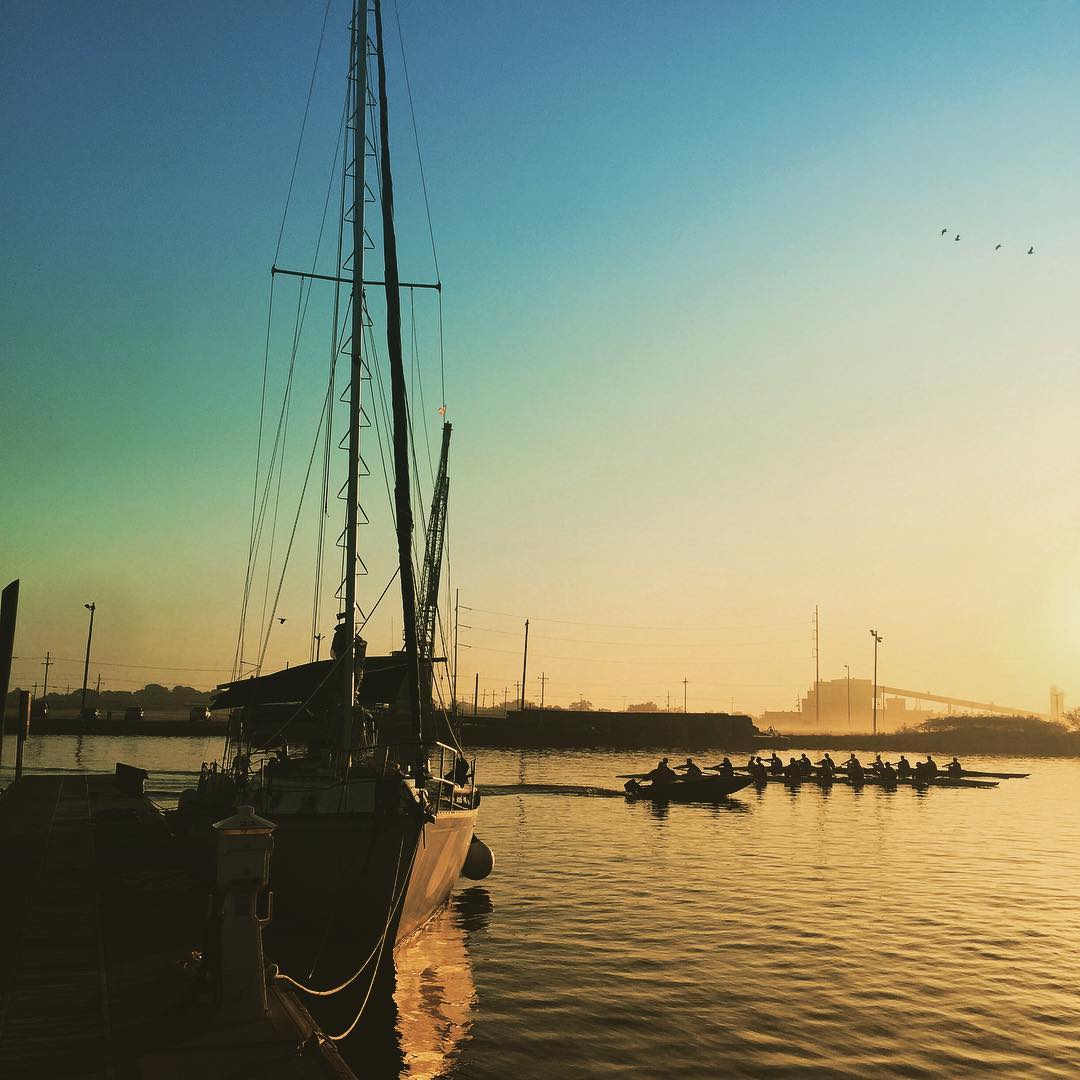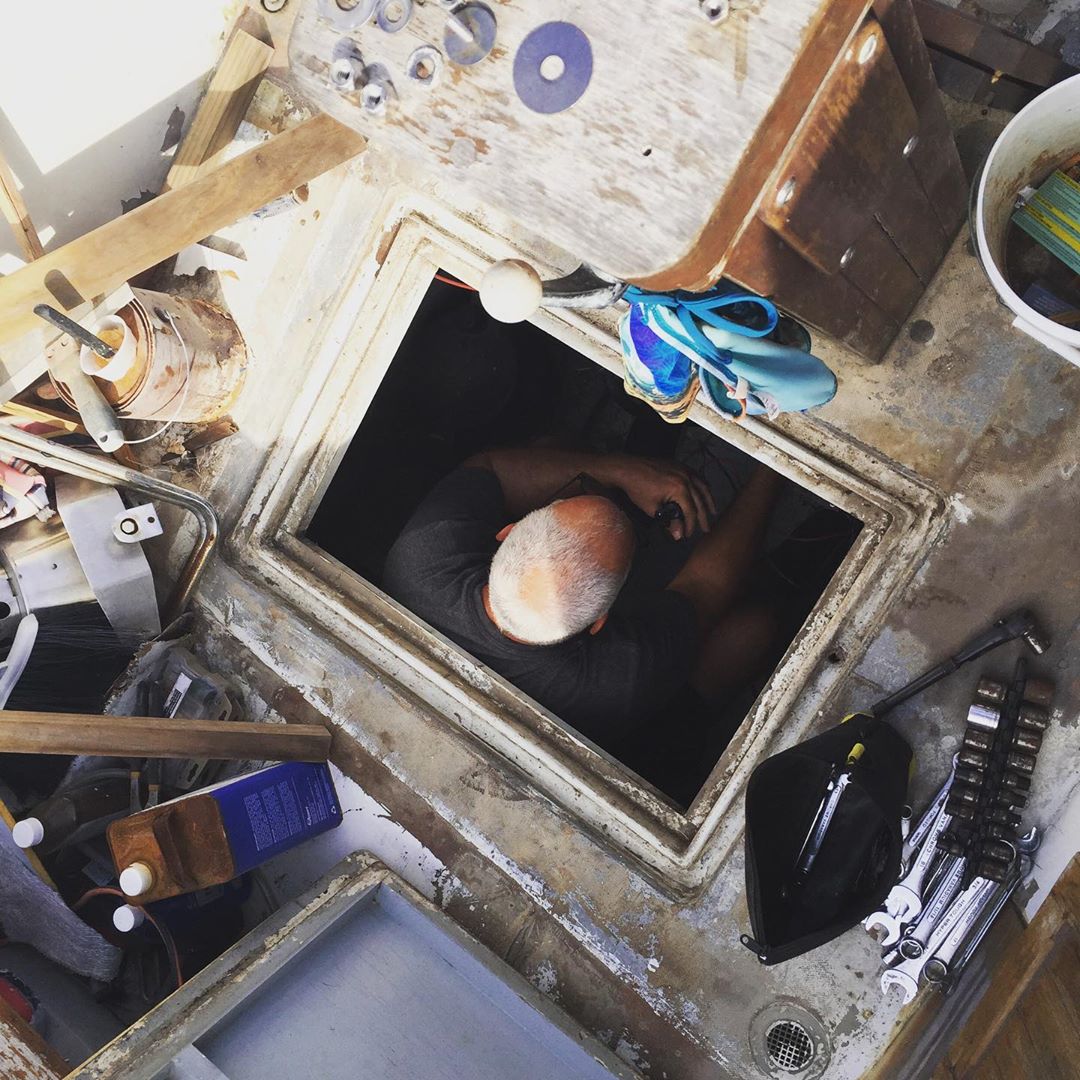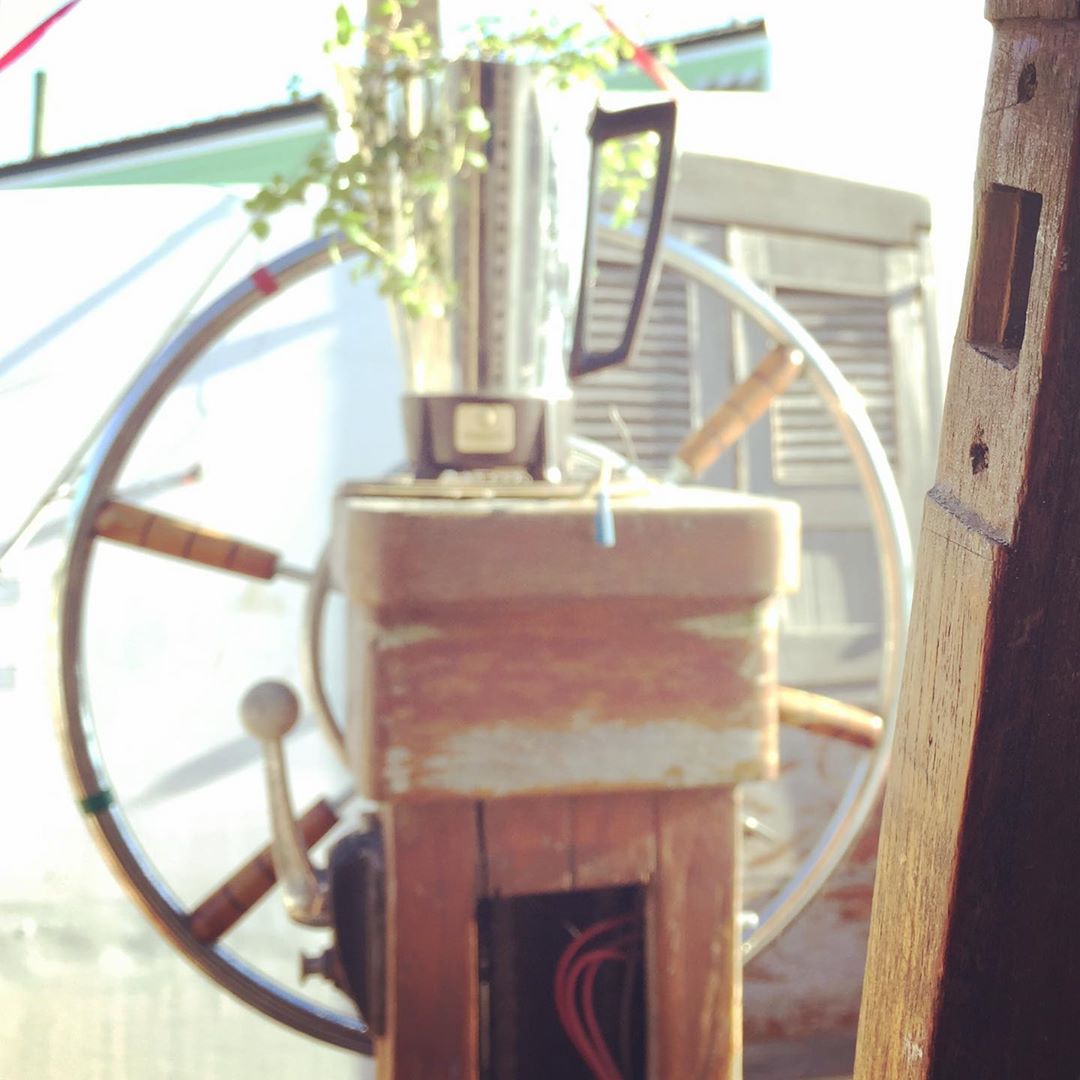If you missed Part 1, here it is: Sailboat Power Part 1: Sailboat Power Overview.
Batteries, especially Deep Cycle Marine Batteries represent a rabbit hole that goes much deeper and math-ier than you want to go.
So here’s my take on the whole thing for right or wrong.
There’s the “house battery” and then there’s the “starting battery” – but there’s also the “Dual Purpose Battery” that does both things. The starting battery is just like the one in your car. It starts the motor and is recharged by the alternator when the engine is running. It has that one and only job. The house battery is more likely several batteries wired to act like one battery and that’s what everything on the boat runs on other than starting the engine. But some small boats really only need one battery that can do both jobs, get it? Dual Purpose. For example, a ski boat that the battery only starts the engine and then powers the Def Leopard mix tape in the radio.
But that’s not all, once you decide that, there’s the matter of what kind of battery (i.e. the chemistry). There’s Lithium Batteries, AGM Batteries, Gel Batteries, and Flooded Batteries. Lithium Batteries are the newest, top-of-the-line battery so they’re amazingly expensive. Then there’s AGM Batteries which seem to be a variation of Gel Batteries. These store better if you’re only going to use your boat a few times a year, and charge faster. So they seem like the best fit if the boat is going to be left unattended for long periods of time. And lastly, the original work horse battery is the flooded battery. These batteries need maintenance every month or two which mostly consists of adding water.
Of course there’s the Battery Group which has to do with the physical dimensions of the battery. Rather than explain this, here’s a picture:

And lastly for our purposes, the voltage has to be considered. Most boats run either 12 volt or 24 volt systems, but the way to get that is a bit of wiring magic. The least amount of wiring would be to use a 12 volt battery for a 12 volt system and a 24 volt battery for a 24 volt system, but that’s only one way. 6 volt batteries can be wired up in series to give 12 or 24 volt outputs. I won’t get into series vs parallel wiring. This post is long enough as is which is also why I’m skipping any discussion of Brands.
Once all this information has been digested, all that’s left is to figure out how many batteries are needed. This involves a bunch more math converting kilowatts to Amp-Hours and adding up the power consumption of every item on the boat from the bilge pump to the radar to the the refrigerator. It’s tedious.
For us, in our situation, I’ve decided to go with 8 Trojan T-105 6 volt batteries wired in a series for 12 volt output at 900 amp-hours. These are golf cart batteries popular with liveaboard cruisers. They’re smaller and cheaper so they’re easier to replace. They are flooded batteries so there will be some maintenance, but given how vital these are to the living on a boat it’s probably a good idea to touch them once a month to make sure everything is alright.
Is this right for everyone? No way. This is just what we’re doing. The smaller cheaper thing is really where it’s at. For example, if we were to go with AGM 8D batteries with the same amp-hours, we would need 4 batteries. They’re around $900 and weigh about 160 lbs. EACH! Imagine when one goes bad – that’s another 900 dollars and a really unpleasant time getting the old one out and the new one in. With the 8 -6 volt Trojans, the cost is about $130 and 62 lbs each so replacing one is challenging but less likely to leave me bed-ridden and too poor for medical attention.
** Since batteries are prohibitively heavy as far as shipping, I found a local place that has the Trojan T-105s in stock at $105 each. Wholesale Battery Co. in Kenner, Louisiana is going to be my new best friend.






[…] Part II: Batteries – This is the core of the electrical system. […]
[…] Previous […]